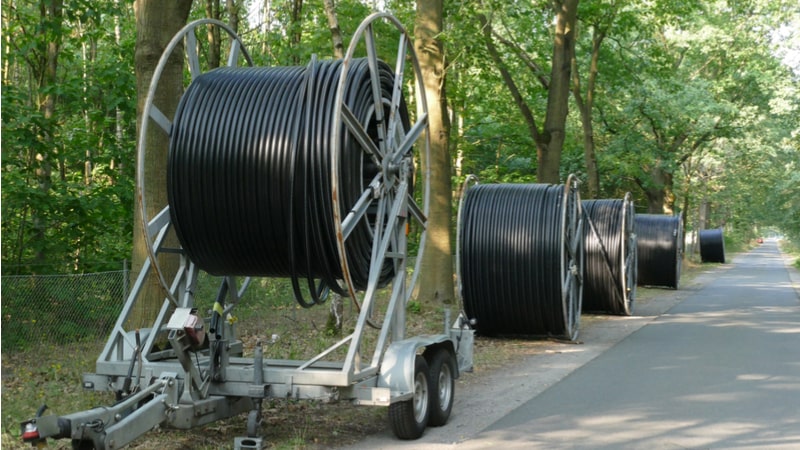
Witnesses at today’s House Communications and Technology Subcommittee hearing agreed that closing the digital divide and increasing internet adoption in the U.S. requires a combination of private sector competition, and financial and regulatory help from the Federal government.
Subcommittee Chairman Mike Doyle, D-Pa., focused on improving digital equity. He acknowledged efforts by state and local governments to close the divide, and asked witnesses whether the Federal government needs to get more involved.
Jeffrey Sural, director of the Broadband Infrastructure Office at the North Carolina Department of Information Technology, said, “the way we incentivize the internet service providers and incentivize good corporate citizenship is through the purse strings.” He talked about Federal grant programs that fund more infrastructure deployment, but advised, “if they were tied or conducted in concert with some adoption programs I think that would be the way to drive this issue home and make sure there are digital literacy or other programs that would be available.”
Joshua Edmonds, director of digital inclusion for the City of Detroit, had good things to say about internet service providers in his area, and said his office has been able to “galvanize” ISPs to help in closing the digital divide. But he said he doesn’t want to be in a position where Detroit has “exhausted their generosity,” and urged an increase in Federal funding to make sure that there is a “sustainable” way to close the digital divide as technology continues to innovate and advance.
As to what impact increased Federal funding might have, Angela Siefer, executive director of the National Digital Inclusion Alliance, said “the returns we’re going to see are in every industry and every aspect of our lives.” The Internet is “in everything,” and the “impact will be astounding” if everyone can be connected, she said.
While increased funding was a common theme among witnesses, Rep. Bob Latta, R-Ohio, asked what else the Federal government needs to be doing to help deploy broadband in underserved, rural areas.
Roslyn Layton, visiting scholar at the American Enterprise Institute, brought up the issue of “regulatory discrimination,” and said the Federal government needs to ensure that all companies involved in the broadband sector are participating equally. By way of example, she cited Netflix, which accounts for a significant amount of internet traffic, but does not, according to Layton, participate in “last-mile infrastructure costs.”
The hearing also focused on benefits of broadband connectivity, namely improve access to the job market, and education.
“We know that the jobs are out there,” said Siefer, adding that workers still need basic digital literacy even to compete for non-tech jobs. “Its basic digital literacy skills, but it’s about a continuum of skills,” she said. In order to get workers ready for new jobs, “we have to help them where they are because it’s intimidating” to learn new IT skills, she said.
Sural said that expanding broadband deployment and closing the digital divide has led to more entrepreneurship in North Carolina. When cities are able to tout their connectivity, he explained, they are able to encourage entrepreneurs to start companies or attract existing companies to open offices in their communities.
Rep. Dave Loebsack, D-Iowa, pivoted the conversation toward the Federal Communication Commission’s (FCC) role in collecting broadband data, and said the agency does not collect data on broadband service costs. He asked whether additional quality of service metrics, including price data, would impact the adoption of broadband.
Siefer replied that collection of pricing data would “draw attention” to the geographic areas that don’t have affordable broadband, and could help create realistic solutions to bringing the cost of broadband services down.
When the FCC has mandated pricing transparency in other areas of broadband deployment, Gigi Sohn, distinguished fellow at the Georgetown Law Institute for Technology Law and Policy, explained that action has helped to bring service prices down. “It would cause competitive pressure, plus consumers should know what they are paying for when they buy broadband,” she said.
